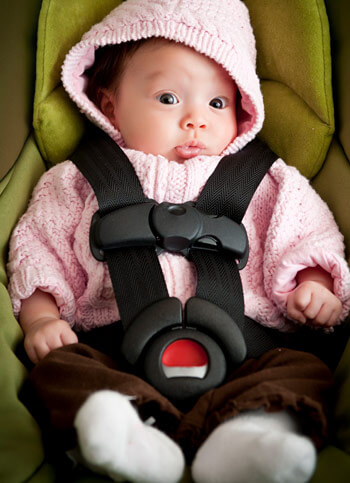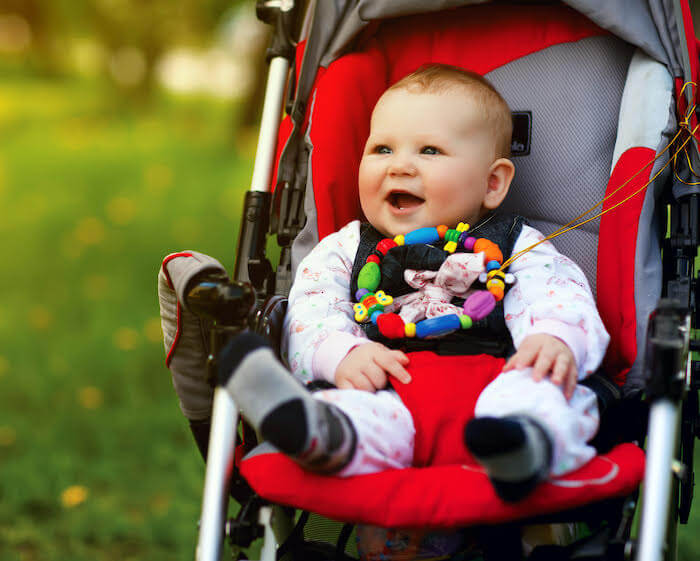Children’s Products
Our work contributed to removing flame retardants from children’s products

Are there harmful flame retardants in children’s products?
Flame retardant chemicals were added to foam in baby products like carriers, strollers, and changing pads beginning in 1975 to meet a California furniture flammability standard called Technical Bulletin 117 (TB 117). Children and infants are especially vulnerable to the neurological and developmental harms of these chemicals. Also, children’s products do not present a fire hazard.
Babies are exposed to flame retardant chemicals in utero and through their mother’s milk. Since young children play and crawl on the floor and put their hands in their mouths, they can also accidentally ingest house dust contaminated with flame retardants.
These chemicals are linked to numerous health concerns to which fetuses, infants, and children are sensitive, including toxicity to the developing brain and reproductive system.
Updated standards preventing the unnecessary use of flame retardants in children’s products and furniture protect our children’s health. We must be vigilant to ensure these changes are not reversed.
How are we exposed?

What have we done to protect children from flame retardants?
Our 2011 study, with Dr. Heather Stapleton at Duke University, found that 80% of 101 children's products tested contained flame retardant chemicals in the foam. This study was Environmental Science & Technology’s top paper of 2011. Based in part on this study, California changed its foam flammability standard so that children’s products such as strollers, infant carriers, and nursing pillows no longer need flame retardants.
In 2012, our Institute tested foam samples from furniture, sleep mats, and other items collected at local preschools for organohalogen flame retardants. We found that 90% of these products – and all 29 nap mats tested – contained such flame retardants.
Flame retardants have also been found in children’s crib mattresses.
Our long term effort to revise TB 117 was successful in 2014, when a new flammability standard called TB 117-2013 was enacted. The new standard exempts a variety of children’s products from furniture flammability standards. Exempted products are:
- bassinets
- booster seats
- car seats*
- changing pads
- floor play mats
- highchairs
- highchair pads
- infant bouncers
- infant seats
- infant swings
- infant walkers
- nursing pads
- playpen side pads
- playards
- portable hook-on chairs
- strollers

*Note that car seats must still comply with the federal motor vehicle flammability standard FMVSS 302, so most will continue to contain flame retardants. Some flame retardant-free options are available. Children’s car seats should always be used to ensure safety.
New children’s products should not contain added flame retardants. However, older hand-me-down products may still contain these harmful chemicals. Consumers should look for products without a TB 117 label and also ask retailers for flame retardant-free products.
Our Institute continues regular international calls with manufacturers, retailers, and scientists to exchange information on fire safety standards. These conversations help counteract flame retardant industry efforts for new standards leading to the unnecessary use of flame retardants.
How do I dispose of my baby products with flame retardants?
Older baby products containing polyurethane foam (especially those labeled as meeting California TB 117) are likely to contain flame retardants. Consider replacing such baby products and do not hand them down to friends or to younger children. Disposal in a landfill is a better option than continuing to use and reuse such products.